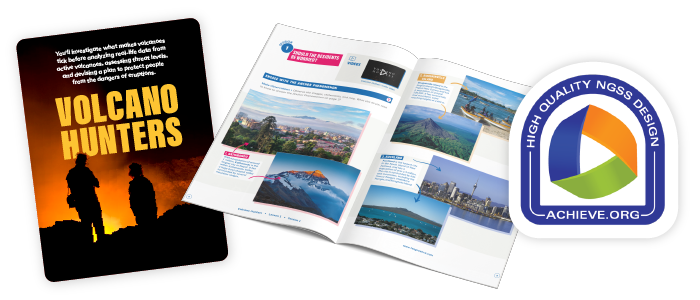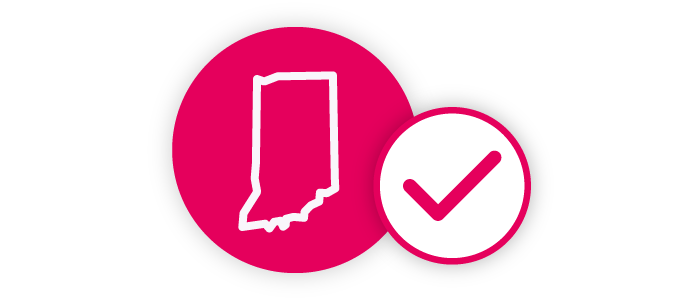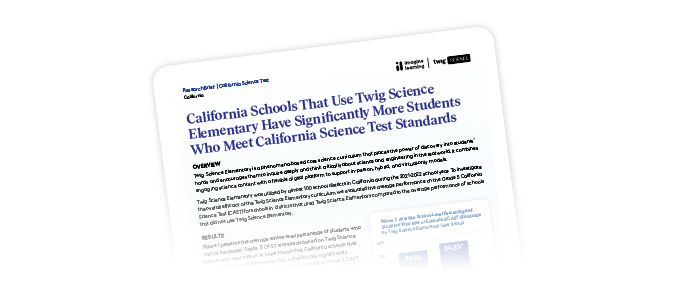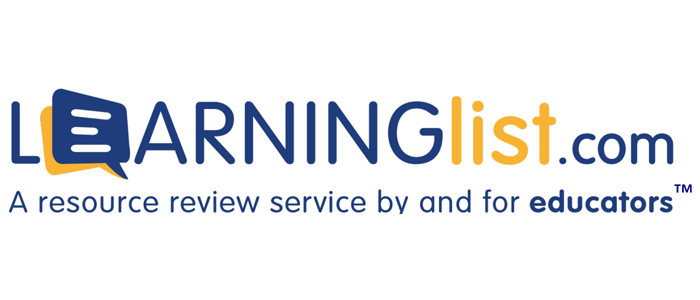May 21, 2024 8:54 am
Unlocking Success with Phenomena-Based Instruction
Teachers spend a lot of their own time finding the right resources to connect with every student. We know it’s a time-consuming task, especially with everything else on their plates. High-quality instructional materials (HQIM) lighten the load, helping ensure consistent, engaging lessons while giving teachers back some much-needed time.
High-Quality Instructional Materials in Twig Science
What Are HQIM?
As educators and districts recognize the critical role curriculum plays alongside effective teaching, the focus on HQIM has intensified nationally. A growing body of research points to one thing: instructional materials directly impact student outcomes (Kane et al., 2016). But the reality is, not all teachers have access to HQIM or the professional development and support to implement these resources effectively.
But what are HQIM? Generally, HQIM are recognized as materials that are aligned to state standards and include evidence-based strategies, inclusive practices, and embedded teacher support. As demands for STEM-related skills grow, so does the focus on HQIM, with educators seeking greater clarity on what actually counts as high-quality materials in science instruction.
The Importance of HQIM in Science
In the realm of science education, implementing HQIM is fraught with specific challenges. Science education is a fast-evolving discipline, and advancements in knowledge and best practices can quickly outpace current materials. This gap often means that teachers spend considerable time sourcing or crafting their own resources, which according to Education Elements, may not always be rigorously vetted or aligned with educational standards, leading to inconsistencies in instructional quality. This is where an HQIM science curriculum comes into play.
How Does Twig Science Meet Key HQIM Criteria?
Definitions of HQIM vary, but at their core they share vital components. At Imagine Learning, all of our core programs are designed to deliver key benchmarks for HQIM.
1. Standards-Aligned Content
To effectively implement HQIM in science education, it’s crucial to first understand the role of standards-aligned content. Standards alignment ensures that the materials meet established benchmarks such as the Next Generation Science Standards (NGSS) or 3-D state standards, which are designed to provide students with a comprehensive and coherent understanding of science.
Having access to the highest-quality, vetted materials allows educators to focus on pedagogy, rather than sourcing content — and in turn, helps them feel better prepared and capable. Twig Science was designed with teacher confidence in mind — crafted specifically to hit the Next Generation Science Standards (NGSS) and/or 3-D state standards across Grades Pre-K–8.
2. Best-Practice Pedagogy
Following best-practice pedagogy ensures that teaching methods are based on the most effective, research-backed approaches to learning. By emphasizing evidence-based teaching methods, we can help students develop a robust understanding of scientific concepts and, ultimately, contribute to a more scientifically literate society.
That’s why Twig Science’s phenomena-based instructional design excels in meeting 3-D standards. With Module Anchor Phenomena that spark curiosity from the get-go, hands-on activities, and digital interactives — educators have everything they need to lead scientific breakthroughs.
3. Equity and Inclusion
Every student deserves a chance to explore and excel in science, no matter where their strengths lie. Twig Science was built in collaboration with experts from SCALE Science at WestEd (previously known as Stanford University’s SCALE) to embed instructional design routines within Twig Science that support equitable access to science for all students. With scaffolds for English Learners, Stanford UL-SCALE language routines, plus strategies and platform functions that support additional needs, educators have everything they need to meet their students where they’re at.
4. Teacher and Student Experience
Both teacher and student experiences influence the effectiveness of science materials. Tailored resources help teachers deliver lessons smoothly and adapt to various needs, while relatable content boosts scientific understanding.
Twig Science’s powerful online platform integrates digital and print resources, complete with presenter tools, automated rostering, and single sign-on. Teachers remain in full control thanks to flexible resources with differentiated instruction supports and Fast Track for elementary levels. Meanwhile, students engage with Twig Books and Twig Journals — vibrant, multimedia textbooks and workbooks available in both digital and print formats, plus theater-quality videos and digital interactives that bring phenomena to life.
5. Measuring Student Learning
If teachers lack insights into student learning, how can they identify which needs to address? Accurate measurement of student progress is key to improving scientific outcomes and deepening student knowledge.
The Twig Science Assessment System was developed in partnership with the SCALE Science at WestEd team. It’s designed to be a three-dimensional assessment system that lets teachers evaluate student attainment of the three dimensions and Performance Expectations (PEs) of the NGSS. From pre-explorations to measure what students already know to formative and summative tasks, Twig Science offers a range of assessment strategies with embedded data reporting tools for tracking progress.
But it doesn’t stop there — since 2014, Twig Science has collaborated with Imperial College London, one of the world’s leading universities, to ensure the validity of our scientific foundations and bring real-world connections to science.
6. Professional Learning
Science education is rapidly evolving, making it challenging for teachers to keep up with the latest pedagogical strategies and best practices.
Twig Science addresses these challenges head-on by integrating relevant, up-to-date professional learning and easy-to-use training resources into our curriculum. Professional learning is tailored to empower educators with the skills to implement effective instructional practices, For example, each module includes a short introductory film, detailed background information to enhance teacher knowledge, and digital guides focused on Science and Engineering Practices and Crosscutting Concepts.
Wherever they’re at in the program, Twig Science ensures that every teacher can leverage our multifaceted curriculum to its fullest potential, enhancing both teaching effectiveness and student learning outcomes.
*Learning List provides independent reviews of K–12 instructional materials and online courses. To see Learning List’s professional reviews and alignment reports for our products, go to Learninglist.com




